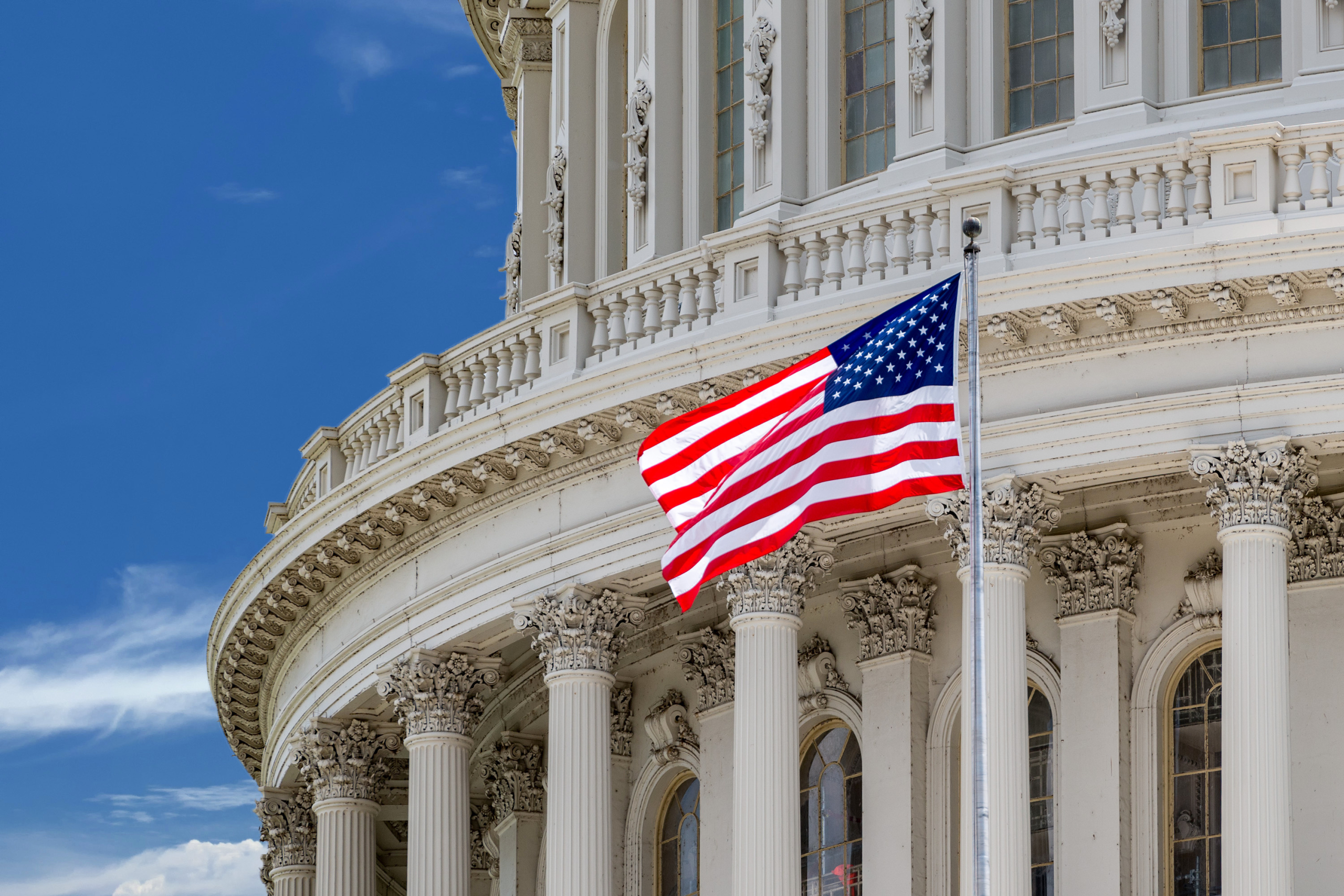You may have noticed that the United States of America, the most important and dominant economy in the world, is slowly but surely moving towards its debt ceiling. If the latest estimates are correct, America could hit that ceiling in the first weeks of June.
Technically, the ceiling was even tapped in January 2023. From that moment on, the country had to make do with its cash reserves.
Nothing new under the sun
Reaching the debt ceiling is nothing new for the United States of America. The ceiling has been raised 78 times since 1960. In that respect, it’s not all as exciting as it seems. For the Republicans, it is primarily a way of putting pressure on President Joe Biden’s Democratic administration.
They demand that the government must promise to cut its spending before they agree in Congress to raise the debt ceiling. Joe Biden (of course) believes that the debt ceiling should be raised without demands and conditions.
The fact that the mountain of debt is a growing problem for the United States is particularly apparent from the growing interest payments. Historically, those interest payments have cost America about 50 percent of their annual defense spending.
However, interest costs have now risen to such an extent that America spends about as much on interest as on defense. In other words, the mountain of debt costs about as much annually as the entire US military.
Yet today is different…
Despite the fact that the debt ceiling has been raised a dozen times over the years, things seem to be going a bit differently this year. Normally, politicians managed to reach an agreement much faster about raising the debt ceiling. Everyone is saying that the agreement will be reached in the long term, but that will eventually have to happen.
According to Visual Capitalist it is mainly increased political polarization in the United States that contributes to the fact that the negotiations have been going on for so long. However, it is impossible to imagine that America actually ‘bankrupt’ because it can no longer pay its debts.
It is true that it becomes increasingly expensive if it takes politicians longer to reach an agreement. In 2011, for example, an agreement was reached just before the deadline. As a result, S&P downgraded the credit rating of the US government from AAA to AA+.
That change added $1.3 billion in additional borrowing costs. That is not a huge amount for America, but those are still amounts with which you can achieve very nice things. In that respect, we can probably expect a lot of fireworks on this subject in the coming weeks.
